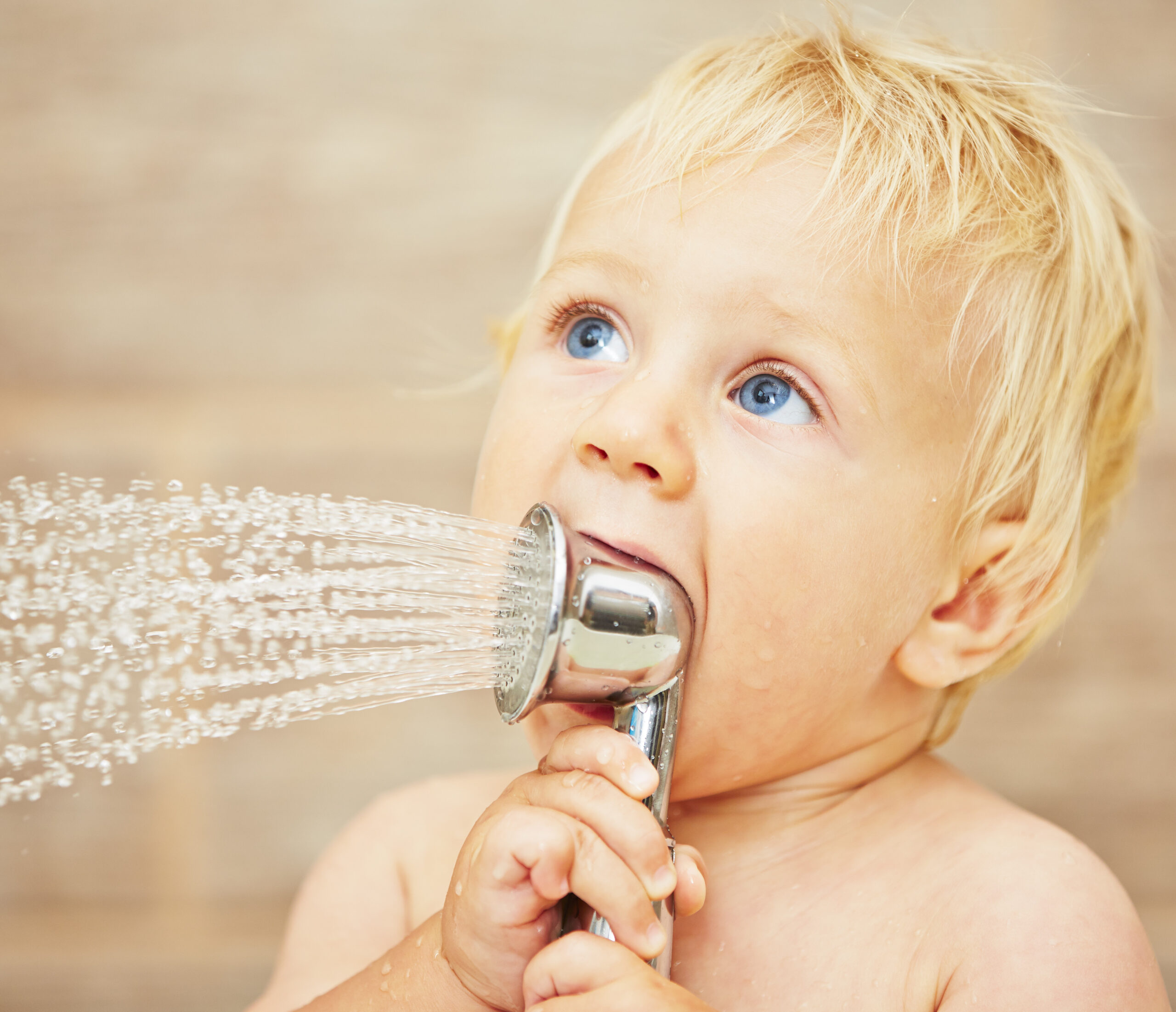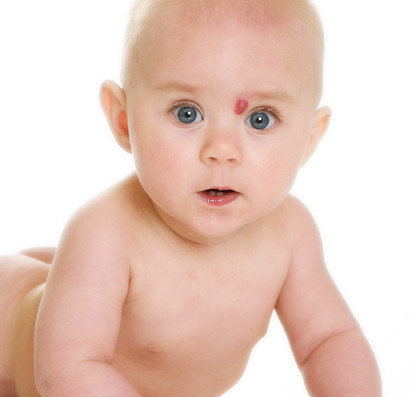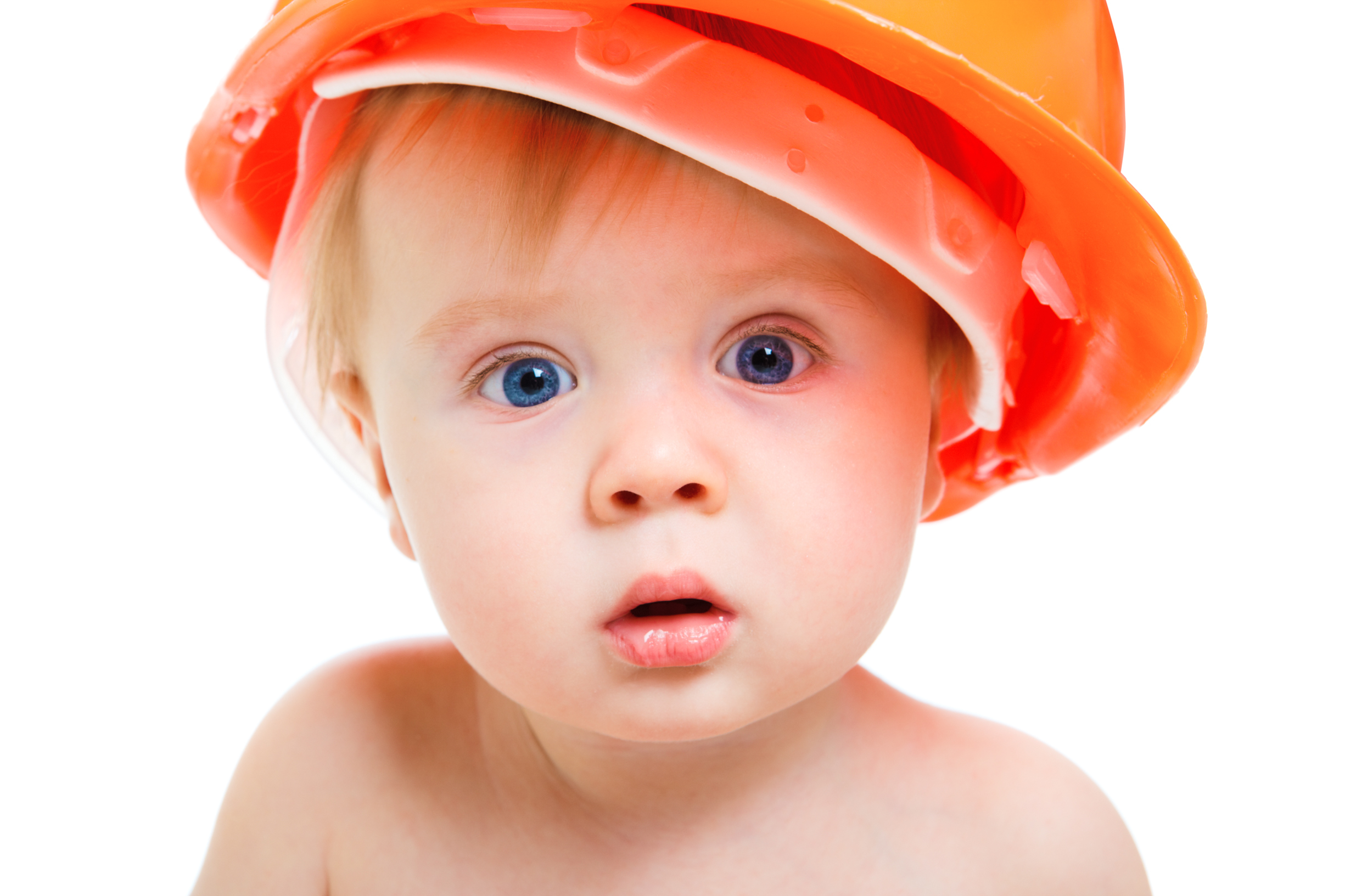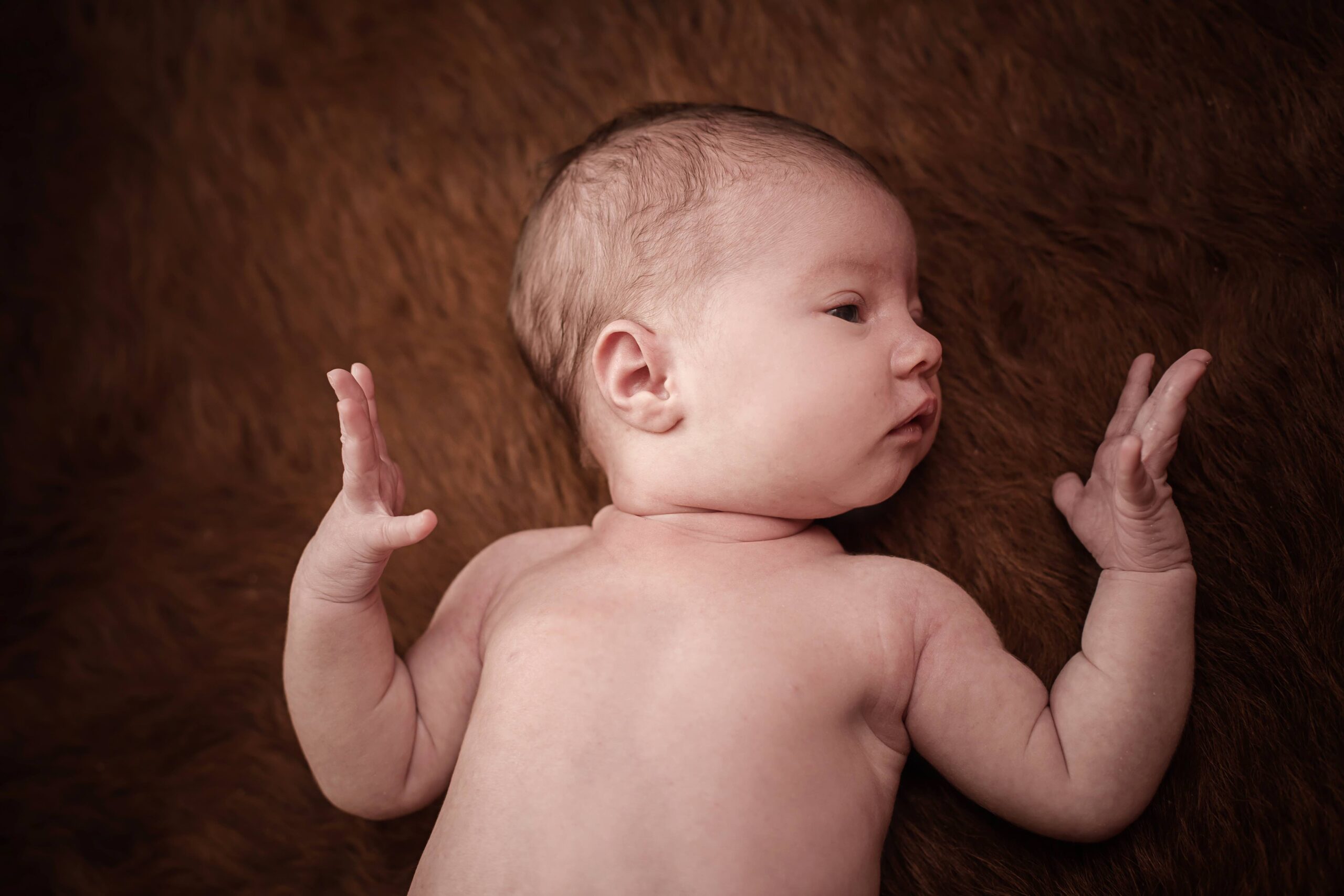Hint: It’s not caused by teething.
Drooling is not a sign of teething. It signals that your baby’s salivary glands started working. Teething starts after 4 months (typically around 6 months) but a baby’s mouth fountain begins around 3 months. Some kids drool a little, and some a lot. And the only thing to worry about is the chin rash that will appear if your baby is an enthusiastic drooler.
Babies don’t actually make much saliva until they are 3 months old. Their purely liquid diet is easy to swallow and mother’s milk doesn’t have starch in it, so babies don’t even need some of the digestive properties of saliva. Drool develops just when the baby needs it.
What does saliva do?
Drool has a critical job to coat toys, and other objects that babies put in their mouth, with disease-preventing particles. This miraculous mixture contains hundreds of proteins that wash away bacteria and food particles that cause tooth decay. It has enzymes that break down carbohydrates and even has a growth factor that helps the intestines mature. Saliva moistens food and protects the lining of the esophagus from irritation and even has a mechanism to remove salt that makes saliva less salty than other body fluids so that we can taste the salt in our food.
Saliva is made by three sets of major glands and many minor ones throughout the mouth. Two major sets of salivary glands (submandibular and sublingual) located under the tongue function well at birth and make a viscous, thick fluid. The third major set of parotid glands located below the ears between the upper and lower jaw start functioning at 3 months of age. They make a very watery fluid. So that’s when saliva becomes more watery (and more plentiful!)
Babies’ drooling peaks when they master advanced baby skills like bringing their hands to their mouth and chewing. These specific motions stimulate sensors in the mouth (mechanoreceptors) that signal the salivary glands. There is a normal resting salivary flow that keeps your mouth and esophagus moist, but things like taste, smell, pressure on the tongue, and chewing cause a ten-fold increase in salivation.
Why are babies’ hands in their mouth all the time?
When you want to check out something new you use your very sensitive fingertips and hands. But babies are most sensitive in their lips and tongue. So like a dog has a terrific sense of smell so they sniff stuff to inspect it, a baby explores the world with their mouth.
Babies have not figured out how to swallow saliva well and they don’t have a row of teeth to hold it in the mouth, plus they are socially inept and don’t care what their friends think they look like when they drool. So they have fun with their new plaything called spit and they will find ways to amuse themselves with it by blowing bubbles and making “raspberries.”
If your baby has a chin rash, gently wash and dry the area and keep the skin covered with Aquaphor, lanolin or any thick moisturizing cream or ointment to provide a barrier to drool. And have lots of clean bibs handy.
Your baby may look a mess, but that drool pouring out of his mouth is actually a sign of normal neurologic development!






